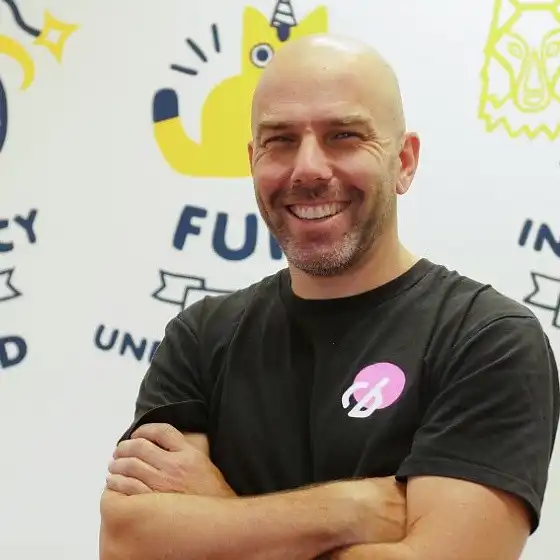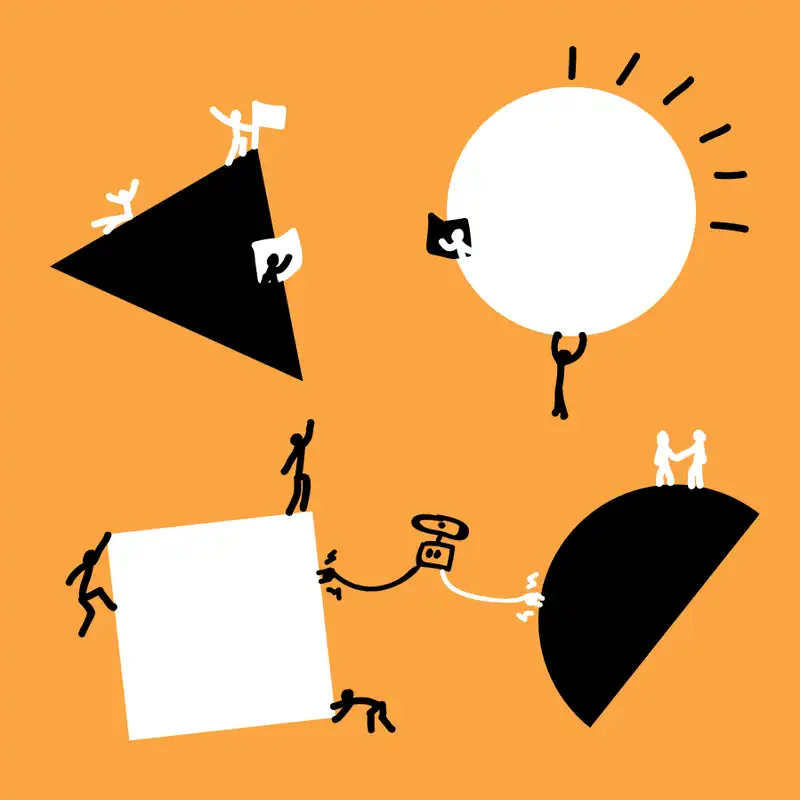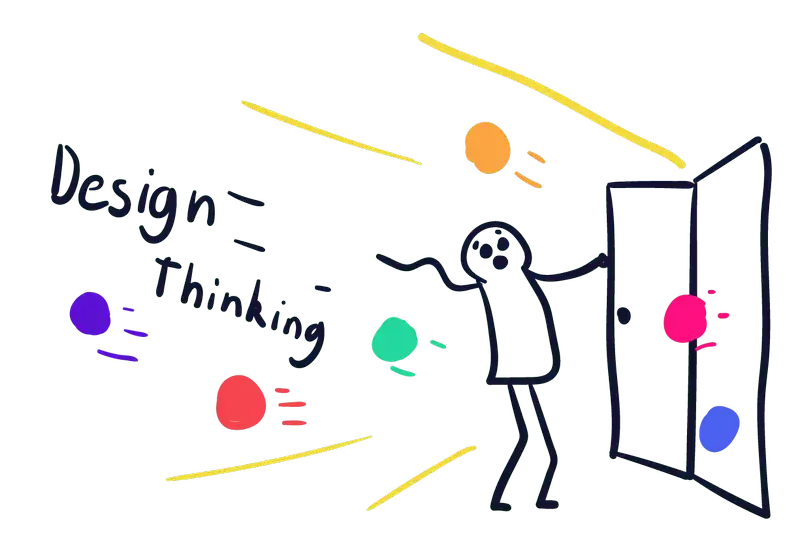
It was a few years into my career when I first heard about Design Thinking. As a product/UX/UI/(insert buzz word of the week here) designer, it was my job to help understand the client’s needs and create a viable solution for them to have developed with the rest of the team. I relied on my time as a freelance web and graphic designer to gather their wish list and create a visual experience for their customers.
After a particular project went sideways once we got it front of users, I had to take a step back and I thought to myself “there must be a better way to work”. After some research and quite by accident, I stumbled onto the magical world of Design Thinking. It was like all my problems had been answered, almost all the issues our creative team were experiencing had answers in this new mindset. And that is what it is, a mindset for creating validated and human-centred solutions to challenges and problems a team is facing.
Very brief history of Design Thinking
There are many different project management methodologies from SCRUM, agile, kanban, sigma six and lean, to name a few. All of these have their benefits and places in different teams, what room is there for another one? What I love about Design Thinking is it was less of a management method and more of a mindset you apply over the top of other systems.
Design Thinking finds its roots in the century’s old scientific method of rigorous investigation, of experimentation and adjusting until a solution is found. It wasn’t until the 1930’s that the mindset began forming with the notion of John Dewey to meld aesthetics and engineering principles together. After this, it wasn’t until the 1970s that the first key point of Design Thinking was laid out with Hosrt Rittel’s challenge to designers to move from solving simple problems to more complex, open-ended and ambiguous ones; ones that do not lend themselves to a ‘right’ or ‘wrong’ answer.
It was then in 1992, that designer and scholar Richard Buchanan called this notion the solving ‘Wicked Problems.’ A response to the question of what design had to contribute to the modern world. From here IDEO, a solutions company, began to meld the concept of human centred instead of feature centred design, with the problem-solving methods of wicked problems and Design Thinking was born. Stanford University began to promote Design Thinking to the non-design world with their D.school program, and it slowly began to expand in the late 2000’s.
Process of Design Thinking
Design Thinking is best summed up by its process of experimentation. A problem is posed, the team then speaks with the affected people, brainstorms ideas on how to solve it, picks the best one, and as fast as they can, builds something to test it with. Take notes and adjust the prototype until it is successful, then build it and provide it to the affect people. No red tape, no checklists, ceremonies or no required outcomes. Just a creative mindset which changes and moulds to fit the context and situation of the team or problem.
There isn’t even a single process which everyone agrees upon as the right one, as the mindset lends itself to people tweaking it to fit their own desires. However, there are a few core components of reach modeling which sit at the heart of Design Thinking.
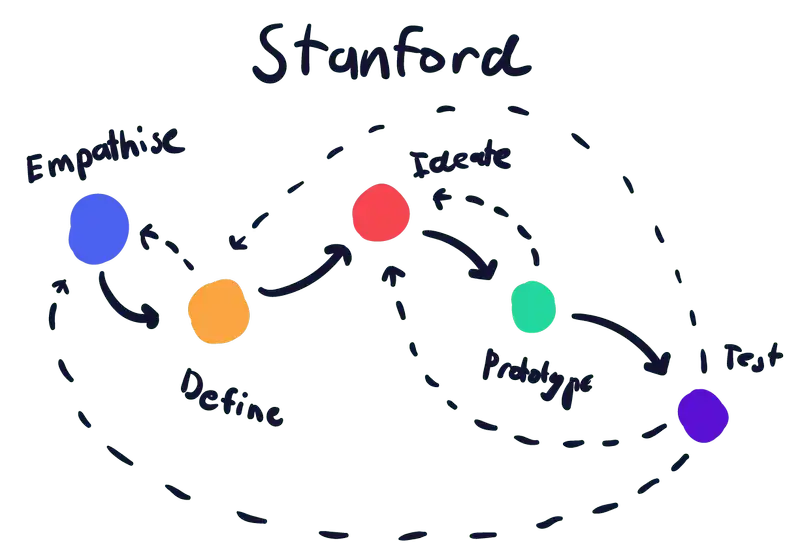
This is the most used version of the Design Thinking process and is what we call a cycle. This is the one popularised by Stanford. It puts a focus on the people first before even a problem has been defined. Making the whole process proactive as businesses seek out problems instead of waiting for them to come to them.

The IDEO cycle has been battle tested for many years and has an extra level of depth. The team starts with problem and spend time diverging with research, observing and getting inspired. Then moving onto ideation where they brainstorm, create, and then test ideas until one is the winner before moving to implementing it, teaching people about it and making sure it works as a business.

The one we use there at Codebots is our own version of Stanford’s method with the IDEO mixed in. As we found out roots as a software development agency, we have a focus on clients coming to us with business problems. We start by understanding their business and the problems they are facing. With this information, we observe how the affected people behave, and present our findings back to the client, giving them a chance to redefine their problem or move ahead. Now we start ideating on ideas and testing it again and again, until we are happy we are on the right track. We then move onto prototyping it out more and fleshing out the backlog of what we need to build, while the developers focus on working out how we are going to build it through modelling. From there, we are ready to move into development and implementing the solution.
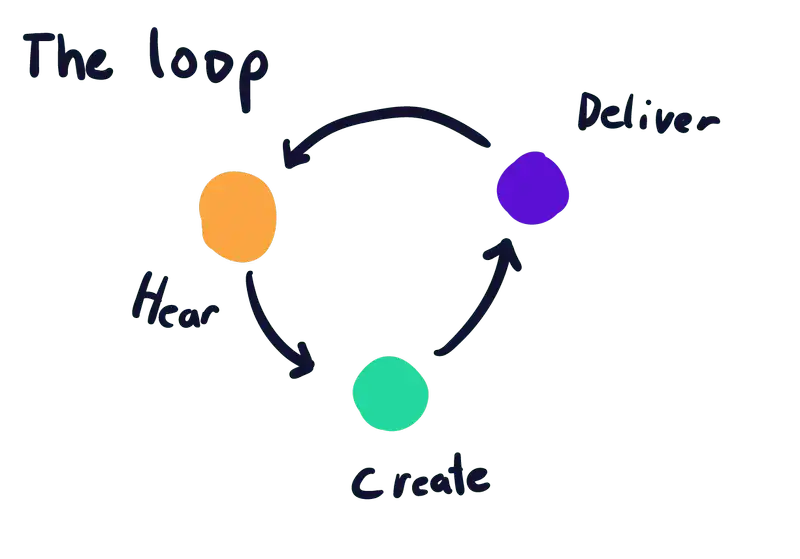
The basic principles of all these cycles is three things which always underpin the mindset: hear what the people are saying, create solutions, and deliver them to the people for testing. These are the most important parts of the scoping process for all products, not just software. We believe each team must create their own Way of Working which fits in with their culture and experience. By applying these three key principles, at the very least, you start creating solutions with humans at the centre.
Human-centred design
The key point of Design Thinking is to put people back at the centre of the product. The Human-centred approach shifts the mindset from users or customers to simply humans or people. The age-old term in any company who deals with customers directly is “The users are idiots.” The mentality being their own users are stupid for not knowing how to use their product or service like they do. Them being the people who work with it day in and day out who came up with it in the first place; too stubborn to realise they are the ones who need to adapt to the users’ needs.
By shifting the mindset to putting the people, the users, first, we instead focus on making sure they totally get what we are providing for them. Constantly changing and updating the solutoin for the people, while still offering our own uniqueness. We seek to be innovative and create impact in their lives, letting things we assumed they wanted go, while embracing the ambiguity of things we never considered all in the pursuit of making peoples’ lives better.
We move to test regularly and often, with people outside our bubble and listen to them, not dismiss them. Testing with these people becomes just as important as testing to see if the product works from a functionality standpoint. Otherwise you are taking a gamble on whether or not the people like it.
Advantages it brings to a business
When a business embraces Design Thinking and allows itself to shift its focus from themselves to the people they service, they see a shift in many aspects. Problems are now at the forefront of everyone’s minds and not the solutions. You move from trying to convince people your feature is good, to making good features for people. Your teams put a focus on creativity around solutions instead of pure analytics. Thus, allowing your solutions to become innovative and impactful for the people and not for the one stakeholder who really likes it.
You gain insight into your ideas early and often so that solutions are de-risked and validated before time and resources are spent on them. Most importantly, it creates a mindset of Continuous Modernisation or Continuous Improvement into the business. The product is never ‘shipped’ and finalised, it is always needing to be explored and updated. It helps evolve systems from slowly becoming legacy, to always being a step ahead and improving itself. Reducing costs and issues down the track.
Summary
When I first started using Design Thinking, I was blown away about how much of a shift it made in myself and the team. Breaking away from just bashing out UI and requirements, to worrying more about solutions for people and how they behave, gave us happier users and clients. We were getting it right more than ever and while we are not perfect, it shows when we don’t test with users, they do not get things they need, and we have to scramble to make amends and it’s just a pain all round.
So, whatever the management process your team uses to deliver products, Design Thinking can easily sit over it as a mindset. Putting the people first and testing often and regularly, brings such a difference to the final product.

